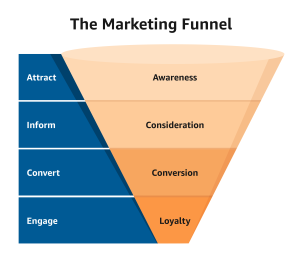Ad placement refers to the specific location where an advertisement appears within a digital or traditional media platform. Advertisers and marketers make a strategic decision to ensure that their ads reach the right audience at the right time, maximizing the effectiveness of their ad campaigns.
Key Aspects of Ad Placement
Digital Ad Placement:

Websites and Blogs:
Ads can be placed on specific pages or sections of websites and blogs that are relevant to the target audience. Common placements include banner ads at the top or bottom of a webpage, sidebar ads, or within the content itself (native ads).
Search Engines:
Ads can appear in search engine results pages (SERPs), typically at the top or bottom of the page, marked as “sponsored” or “ad.” These placements are determined by bidding on specific keywords related to the advertiser’s product or service (e.g., Google Ads).
Social Media Platforms:
Advertisers place ads in the feed, stories, or as sponsored posts on platforms like Facebook, Instagram, Twitter, LinkedIn, and TikTok. They target these placements based on user behavior, interests, demographics, and more.
Mobile Apps:
Advertisers display ads within mobile applications, often as interstitial ads (full-screen ads that appear at natural transition points), banner ads, or rewarded video ads
Video Platforms:
Ads can be placed before, during, or after video content on platforms like YouTube. These can include skippable or non-skippable ads, overlay ads, or sponsored content.
Traditional Ad Placement:

Television and Radio:
Ads are placed during commercial breaks or integrated into sponsored segments. The timing and frequency of these placements are crucial for reaching the target audience.
Print Media:
Ads can be placed in newspapers, magazines, or journals. Common placements include front page ads, full-page spreads, or specific sections relevant to the advertiser’s audience.
Outdoor Advertising:
This includes billboards, bus shelters, transit ads, and other outdoor media. Advertisers typically choose the placement based on high-traffic areas or locations frequented by the target audience.
Importance of Ad Placement
Reaching the Target Audience:
Effective ad placement ensures that the right audience sees the ads, increasing the likelihood of engagement and conversion.
By strategically placing ads where they are most likely to be effective, advertisers can maximize their return on investment (ROI).
Enhancing Visibility and Brand Awareness:
Proper ad placement helps increase the visibility of the ad and enhances brand recognition and awareness among the target audience.
Improving Ad Performance:
Optimized ad placement can lead to higher click-through rates (CTR), better engagement, and more conversions, contributing to the overall success of an ad campaign.
Conclusion
Ad placement is a crucial element of any advertising strategy. It involves selecting the right location and timing for ads to appear, whether online or offline, to ensure they reach the intended audience effectively. Proper ad placement helps maximize ad performance and achieve marketing goals.








[…] gaming industry continues to grow exponentially, and in-game ads are emerging as a powerful way for brands to reach…